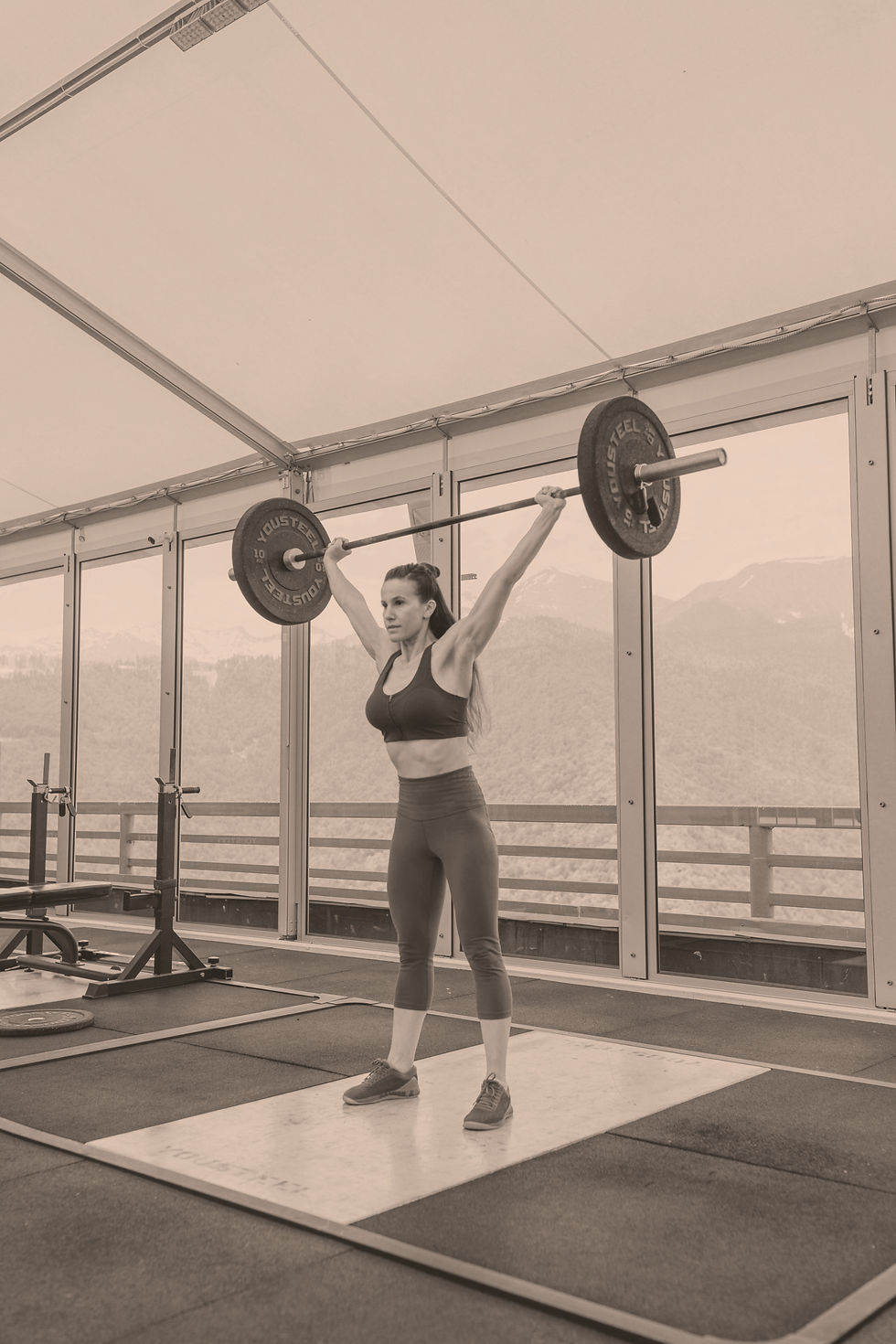Achieve Athletic Success After 30
- Coach Dave

- Oct 10, 2023
- 2 min read
Updated: Sep 29, 2024
Once we hit the magical 30th birthday we are confronted with the unavoidable fact that in a relatively short period of time we will see our Personal Bests becoming a more distant memory. There are rare genetic exceptions to every rule… supreme athletes like Kim Collins who ran a PB for the 100m at age 40 (9.93s +1.9) and in fact had his best career performances between 36 and 40. But even Collins suffered a dramatic (for him) drop off in speed after 40.
Our decline in speed with age is inevitable. What is controllable is that rate at which our speed declines.
And the secret…
TRAIN HARD and REST HARDER
As masters athletes we need to “check our ego at the door”. We are no longer 10 foot tall and bullet proof” and as such we need adjust our training accordingly to ensure we can maximise our efforts and then recovery as best as possible for our next assault.
While reading the other day I came across a concept that really struck a chord with me. It said (and I paraphrase because I can’t remember exactly where I read it):
The warm up and cool down are not done before and after training respectively but rather they are an integral part of the training programme.
Too often many athletes, especially the time poor among us, rush to get to the body of the training session (“I haven’t got time for a full warm up”) or we rush off immediately the “hard work” is done. Essentially we see the bit that makes us “huff and puff” as the essential part of training and the rest as non-core extras.
The change in perception that is needed for success applies even more so to Masters athletes.
We know that:
Training with intensity increases a release in growth hormones, which elicits an increase in the lean muscle to body fat ratio.
Speed training needs neuro-muscular recovery
Masters athletes take longer to recover from hard workouts.
Increased recovery leads to an improved/increased adaption to training demands
So if we are looking to maximise our performance as Masters athletes we should:
Use a periodised training programme which (in some format) alternates hard and medium training weeks
Utilise high intensity training sessions 2-3 times per week (operating around 85-100% of our maximum heart rate)
Prioritise quality over quantity
Use additional lower intensity sessions to complement the high intensity work
Employ active recovery techniques such as massage, stretching and mobility, contrast baths, ice baths and proper nutrition
Programme regular rest days (at least once per week)
If you are eager to explore how working with a strength and conditioning coach can help transform your performance contact Coach Dave at +61426205277 or dave@masterscoaching.com.au




Comments